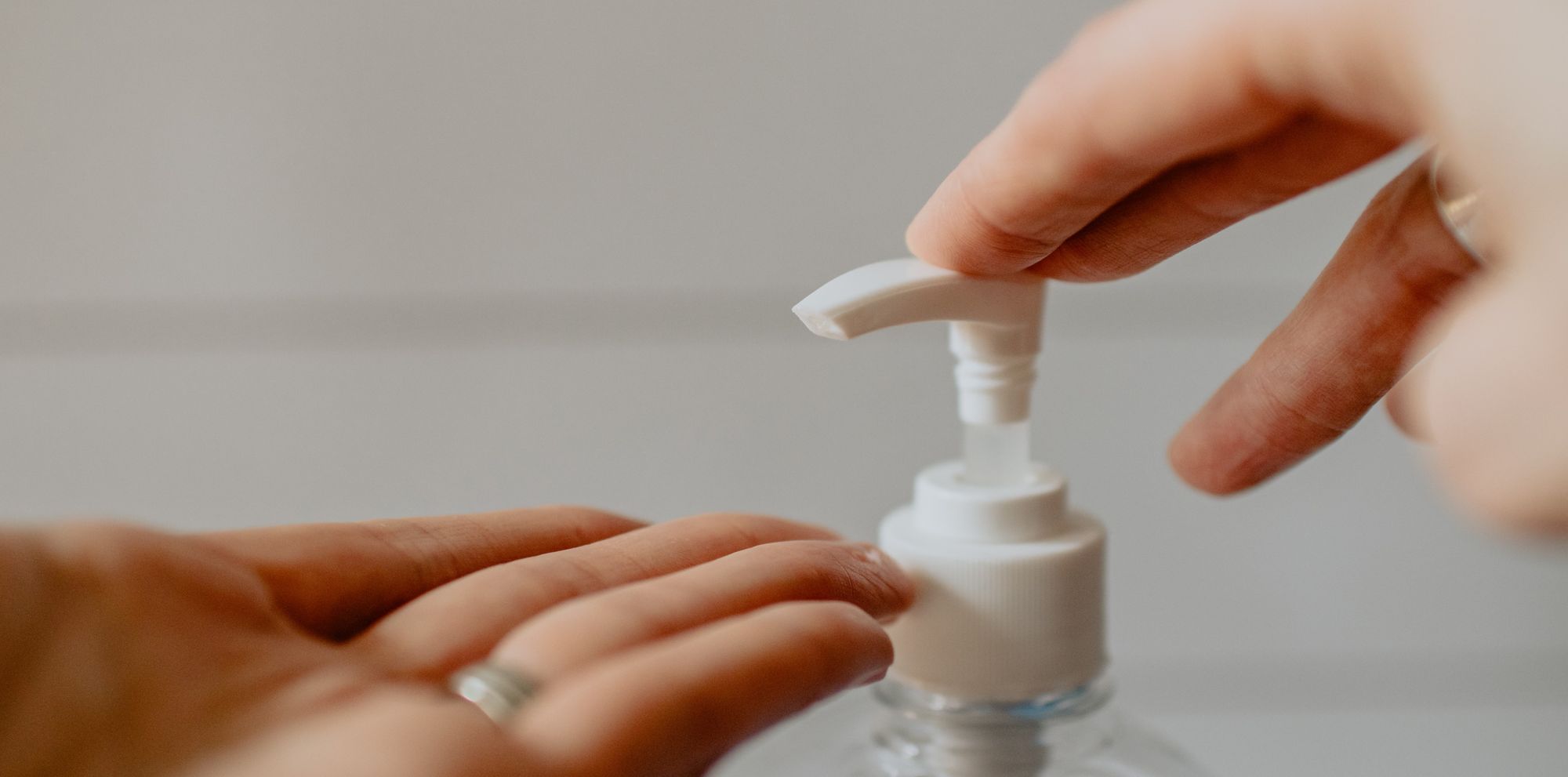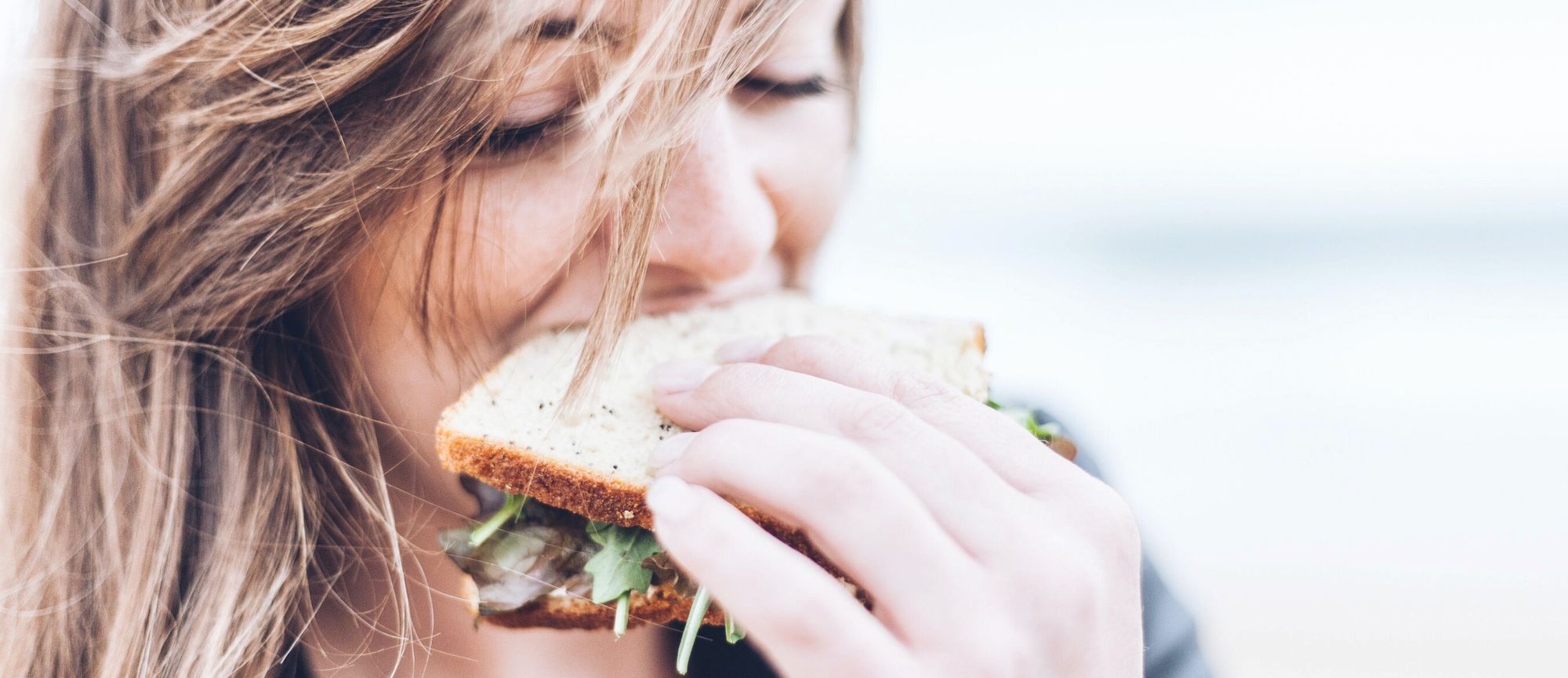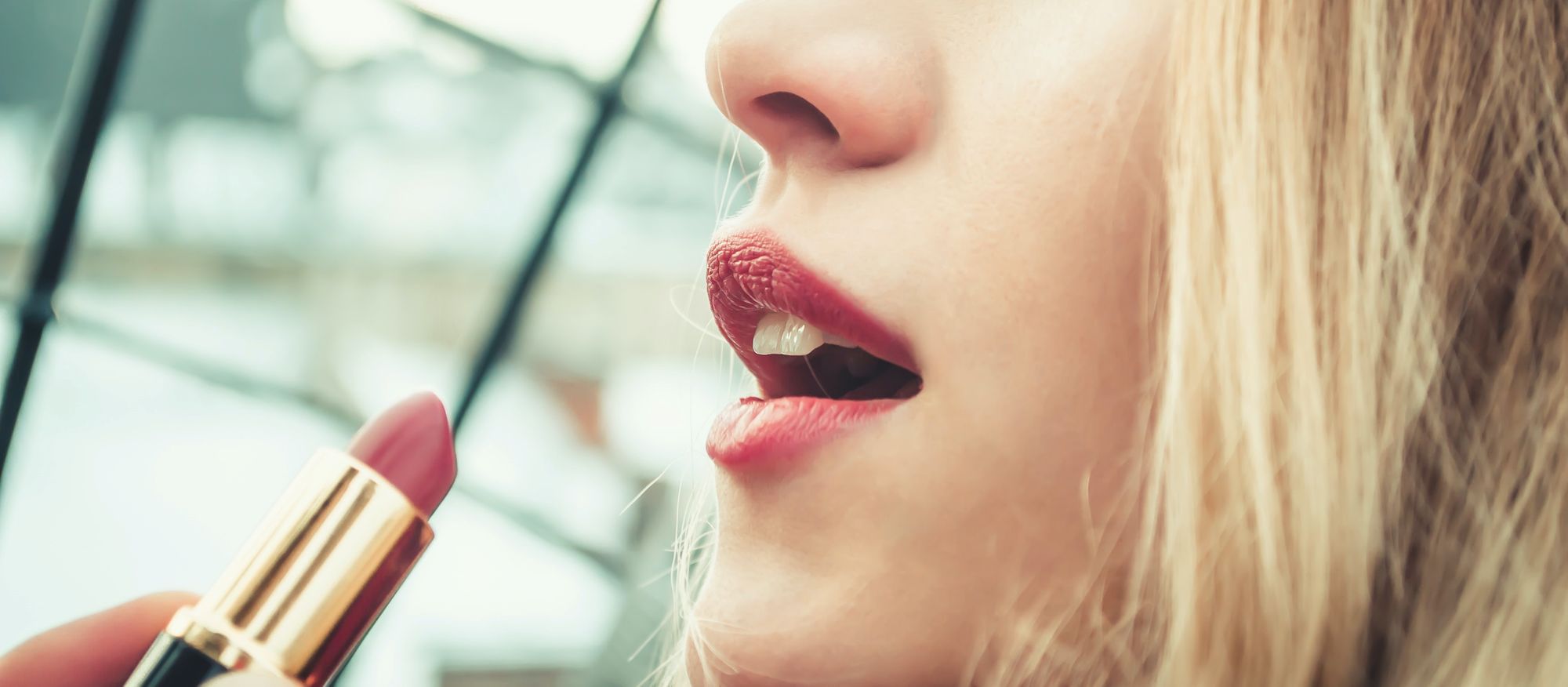Every day we touch thousands of surfaces, each with the chance of being contaminated with coronavirus. Door handles, handrails, seats on public transport, money, buttons on lifts and vending machines, even items for sale in shops, are all touched - hour after hour - by strangers, any one of whom may be infected.
Failing to react to this risk may result in getting very sick, as a simple, instinctive rub of the eye or scratch of the face may be enough to pass any infection from the hand to inside the body where it will multiply. Worse still, is that we may unwittingly bring home the virus on our hands into our homes, risking the health of those we love.

It has never been more important to have clean hands.
Fortunately, the US FDA has laid out clear advice on how to remain healthy. Crucially, stating that, “If soap and water are not available, use an alcohol-based hand sanitizer that contains at least 60% alcohol.”
The reason to ensure that there is sufficient alcohol content is because, “Many studies have found that sanitizers with an alcohol concentration between 60–95% are more effective at killing germs than those with a lower alcohol concentration or non-alcohol-based hand sanitizers. [Specifically] Hand sanitizers without 60-95% alcohol may not work equally well for many types of germs and may merely reduce the growth of germs rather than kill them outright.”
The guidance also highlights that hand sanitiser should be applied over all the surfaces of the hands, including between fingers and on the back of the hands, and that rubbing should continue ‘until your hands are dry’.
But when exactly are the best moments to use hand sanitiser?
1. When shopping.
Every product you touch in a shop has already been handled by somebody else, while the money in the till may have passed through dozens of hands in the last 24 hours. If gloves are not available in the shop, then it is advisable to clean your hands with sanitiser after leaving the shop.
2. On public transport.
Once you have found your seat on the bus, metro, train, or tram use hand sanitiser to prevent infection. You have likely already touched numerous high contact surfaces and will need to avoid passing any viruses on your hands to your face throughout your journey. It is then advisable to reapply hand gel when you exit public transport.
3. In the office.
Offices are shared spaces, and while we all continue to keep to a healthy, social distance, everyone in the office naturally comes into contact with surfaces there. Touching desks, the backs of chairs, door handles, the coffee machine, the fridge door; all potentially carry viruses. Regular use of hand sanitiser can limit the risk of infection from co-workers.

4. Before eating.
While hand washing is the best way to ensure clean hands, modern life means that people often eat or snack when on the go. It is therefore advisable to use hand sanitiser before snacking at your office desk, before eating a picnic, before eating street food, before eating popcorn at the cinema, and even before eating ice cream.
5. Before touching your mouth or nose.
It may seem obvious that the most common route to infection is through the nose or mouth, yet how often do people sanitise their hands before touching them? To stay healthy, apply hand sanitiser before brushing your teeth, blowing your nose, putting on make-up or lip gloss, or even squeezing spots.

These moments in our everyday lives were once just everyday moments, but since the pandemic they have taken on a more serious tone. They have become the key occasions when we are most likely to be infected with the coronavirus. With a second wave of illness expected in Europe in the coming weeks and months, it is more important than ever to have clean hands. During these five moments in life it is more important than ever to use hand sanitiser.
To learn more about using the correct hand sanitiser to combat coronavirus visit AG PROTECT.
Photo credit: Kelly Sikkema on Unsplash, Gardie Design & Social Media Marketing, Kelly Sikkema on Unsplash, & Andriyko Podilnyk on Unsplash